
Peoples and Languages
Social Media
Leave comments, suggestions, keep an eye on news in our groups on VK, Odnoklassniki and Telegram channel
Peoples and Languages
Social Media
Leave comments, suggestions, keep an eye on news in our groups on VK, Odnoklassniki and Telegram channel


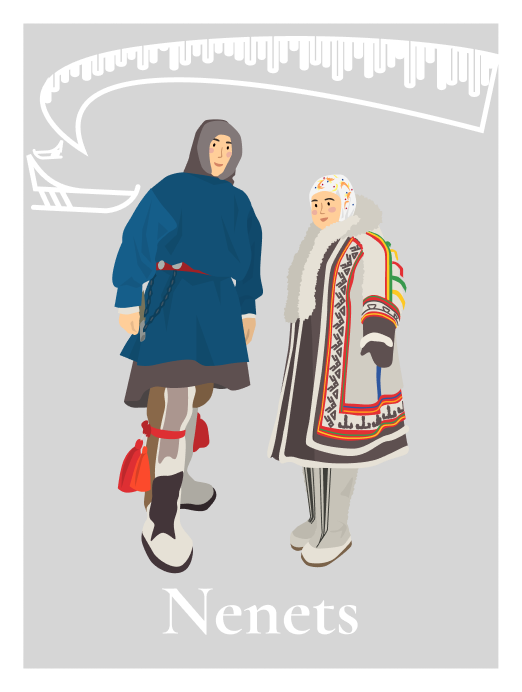
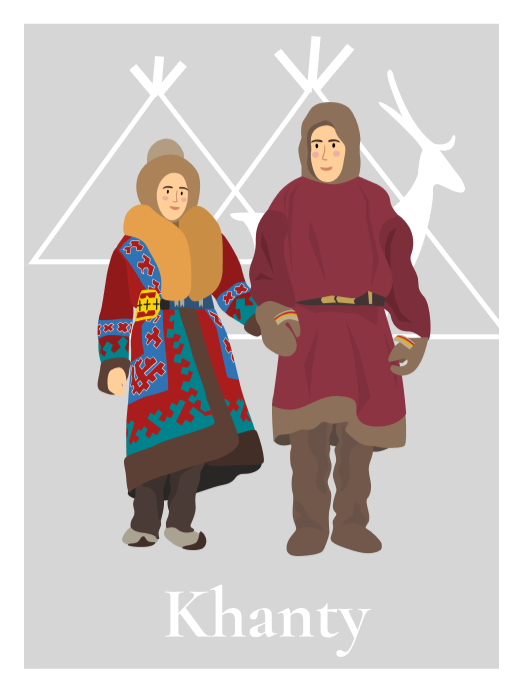


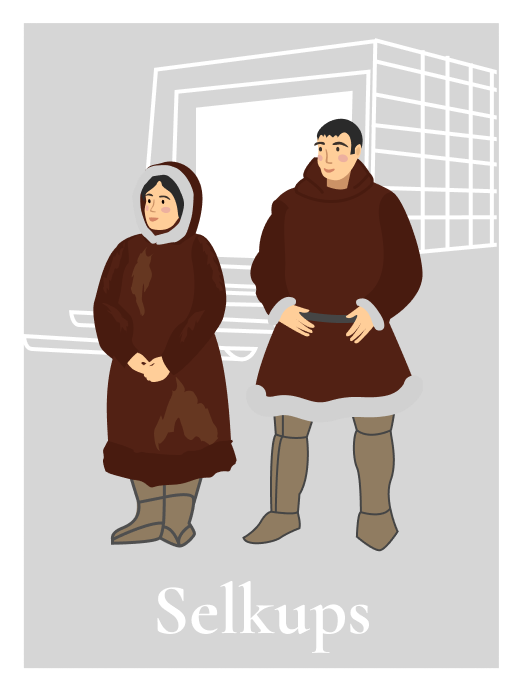
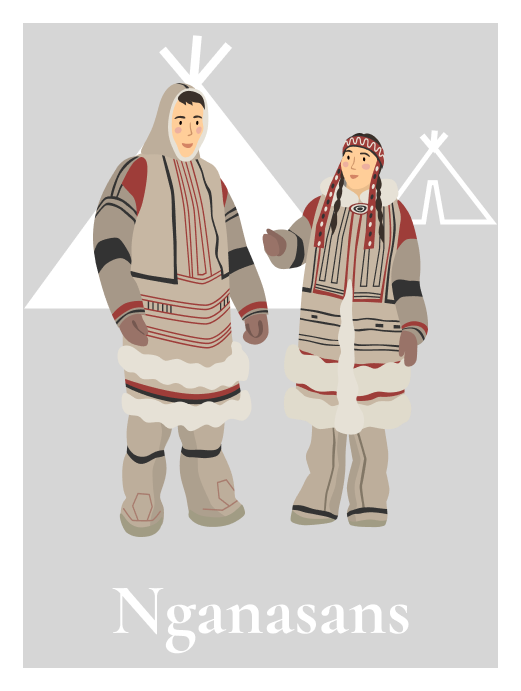
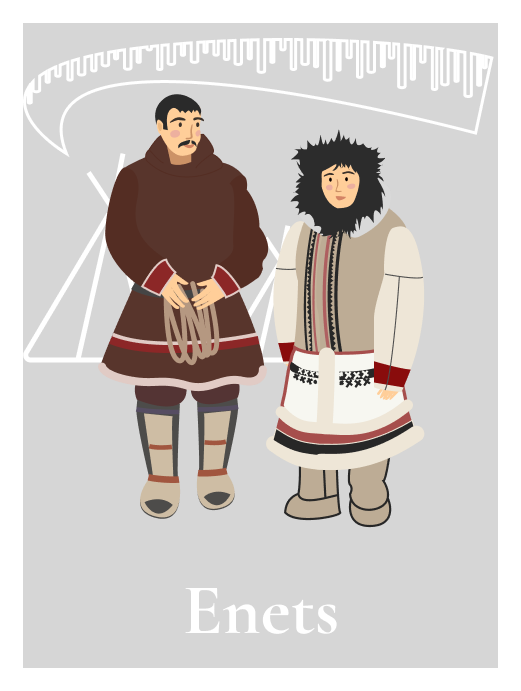
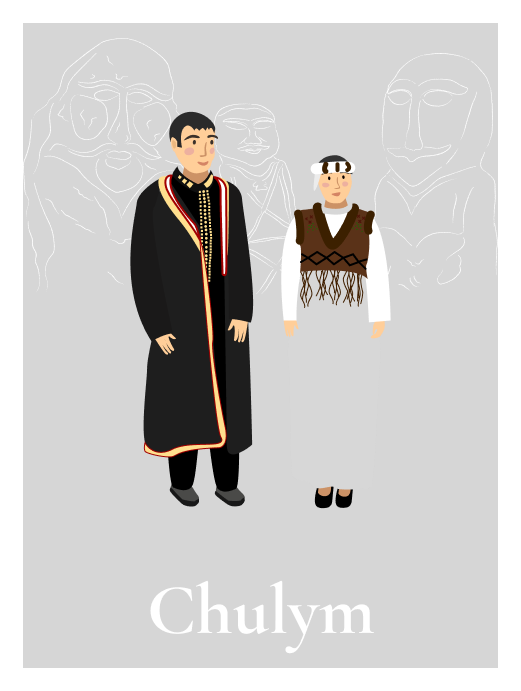
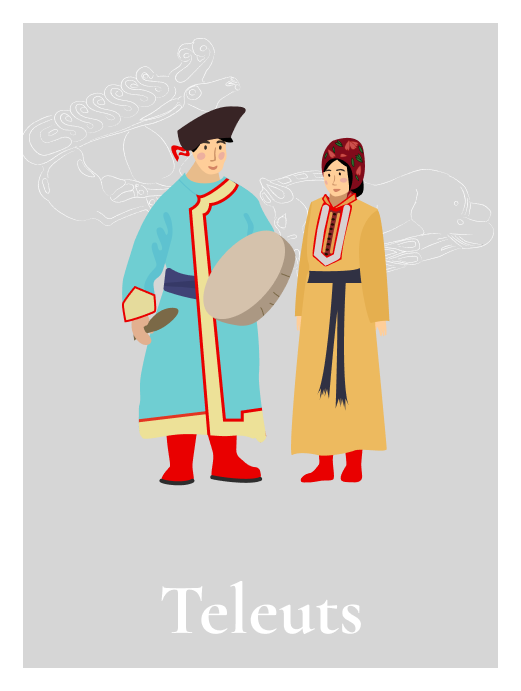


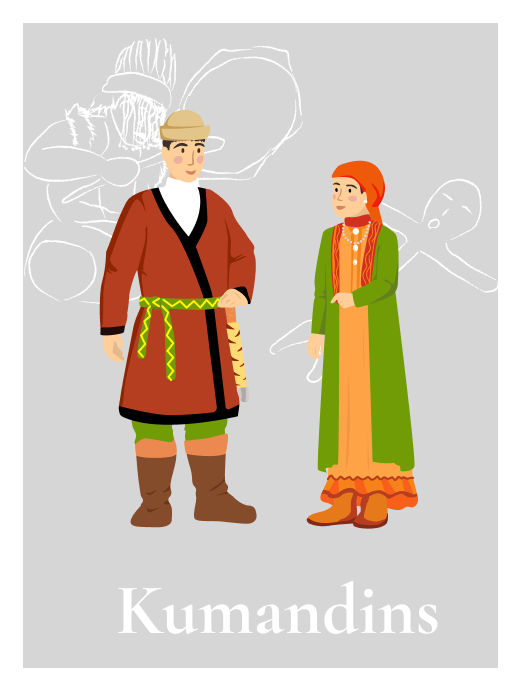

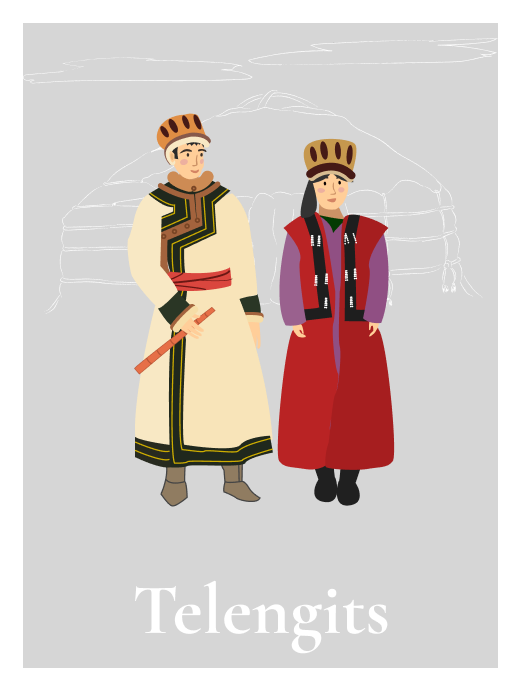

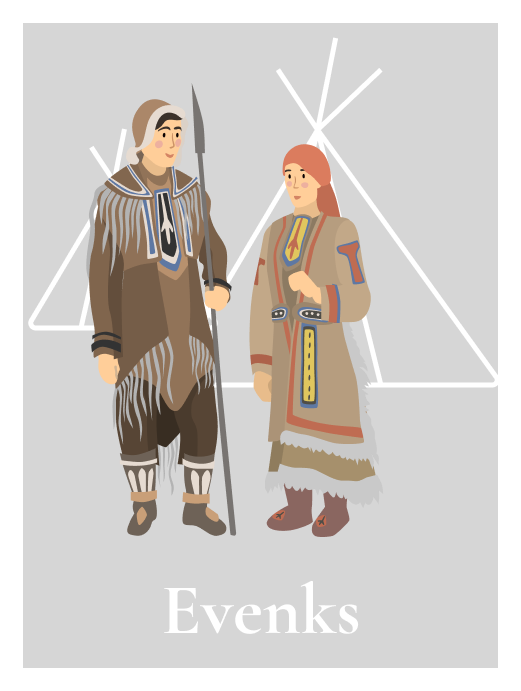
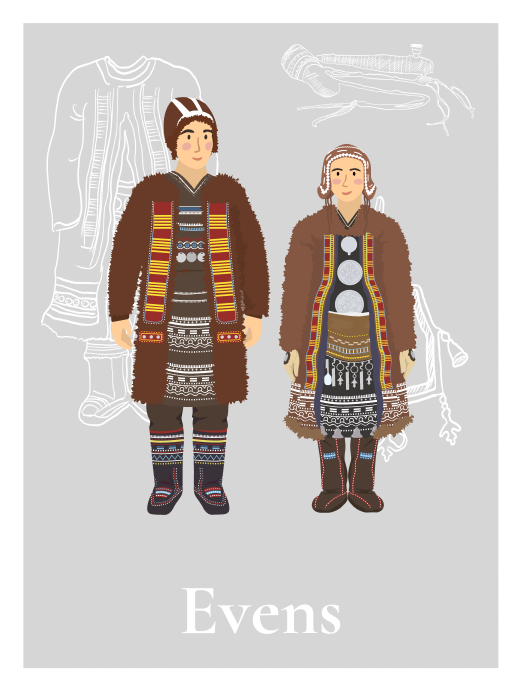
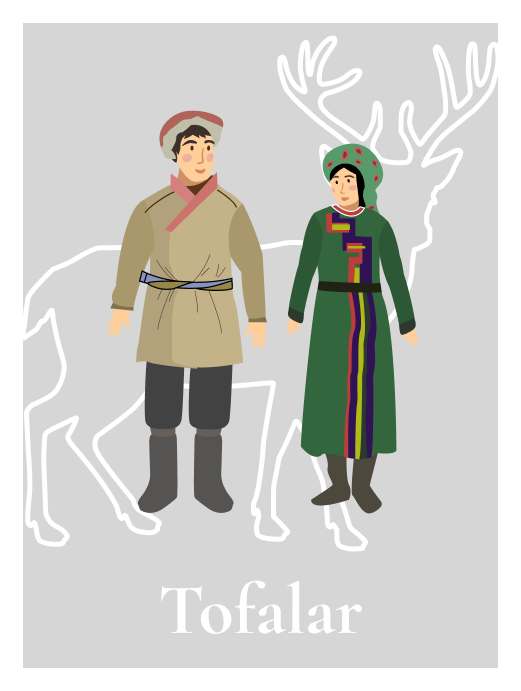
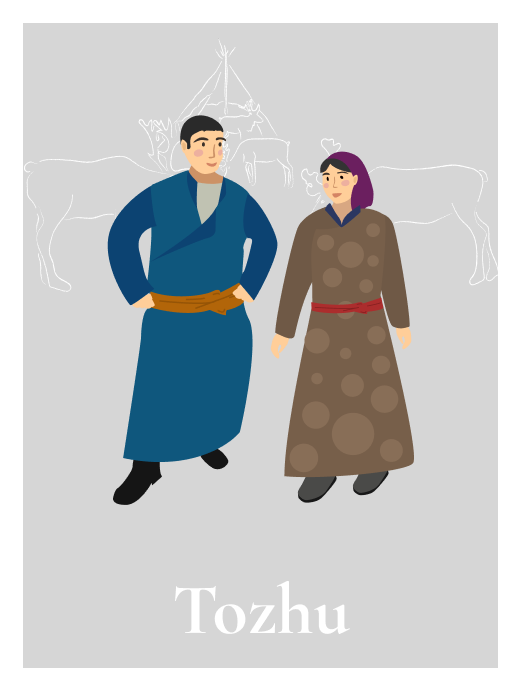
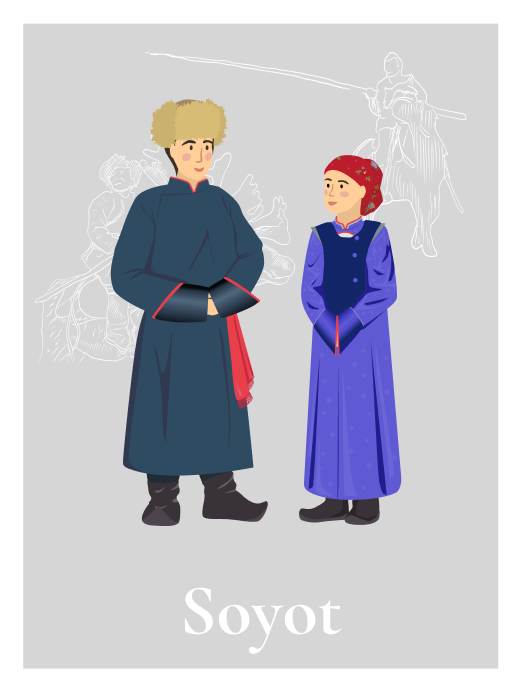
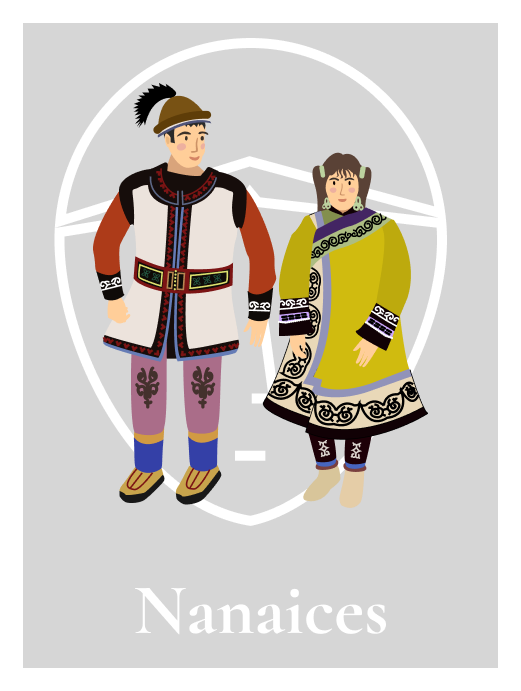
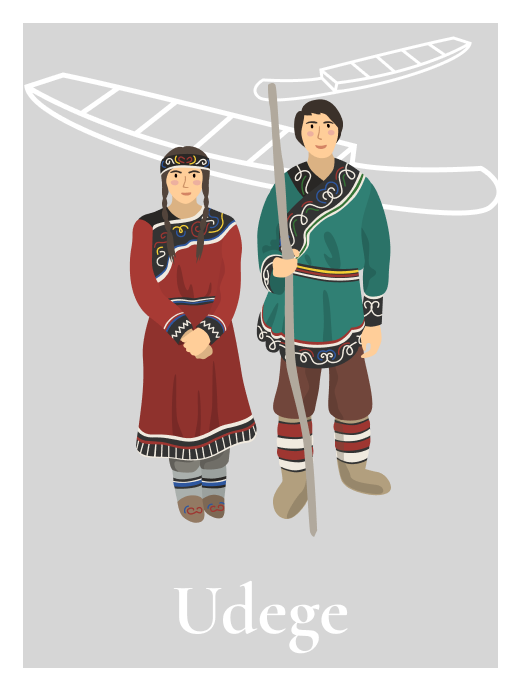

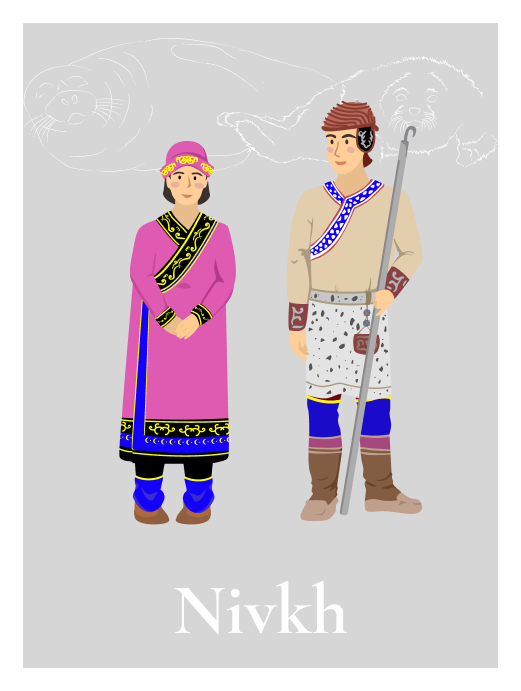
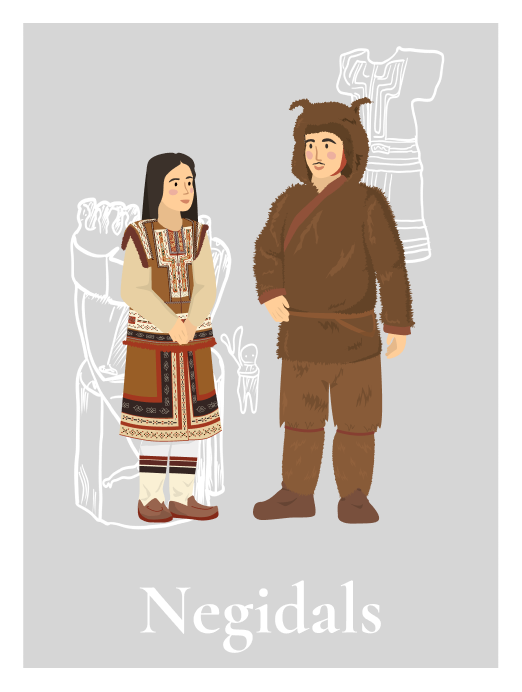
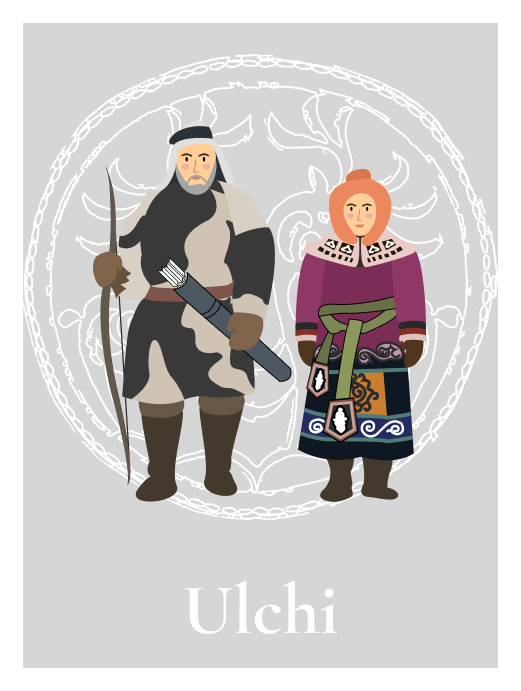


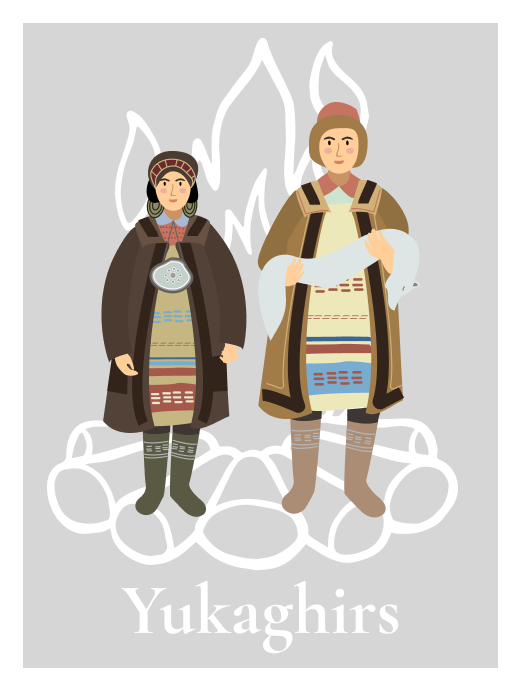
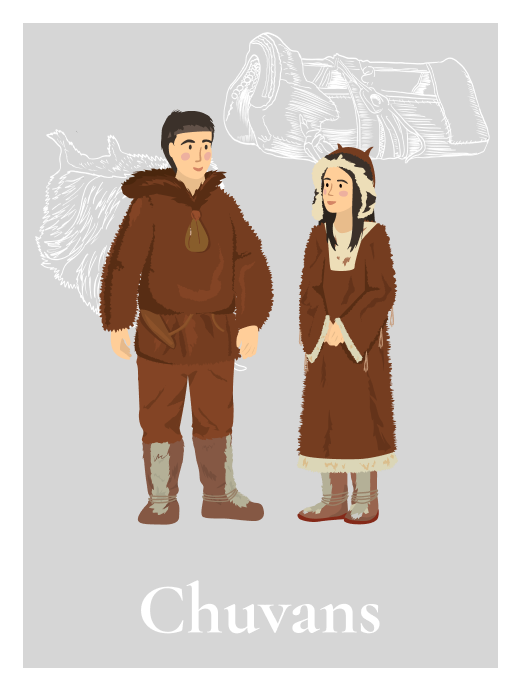
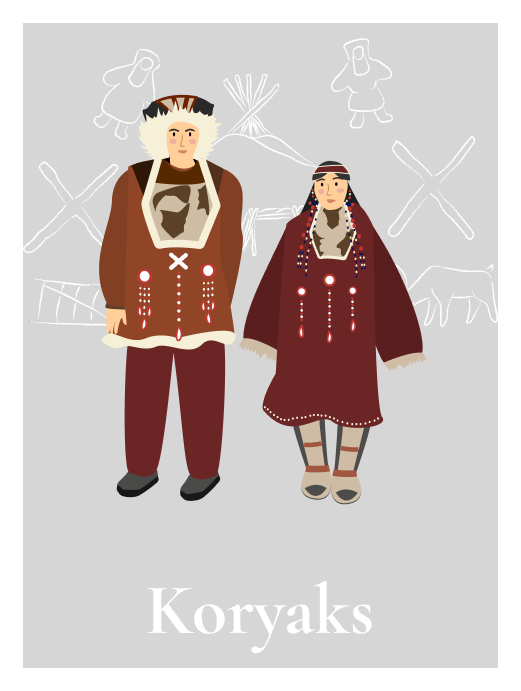

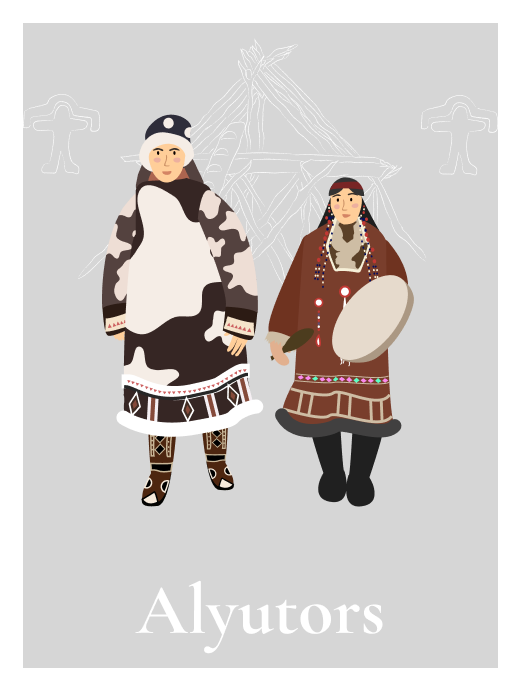


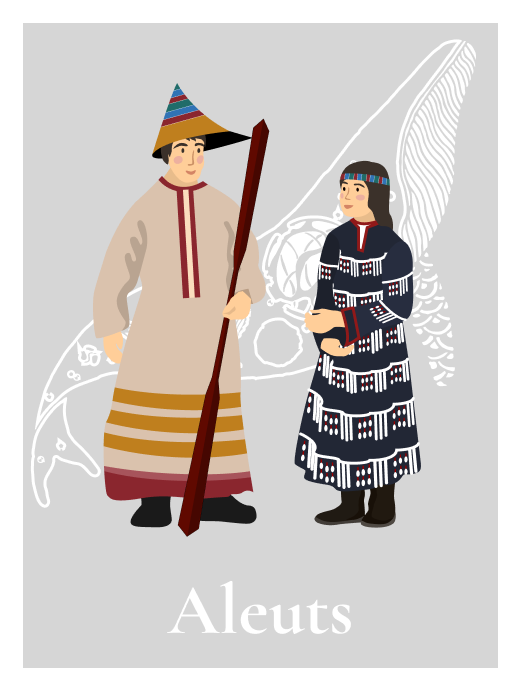

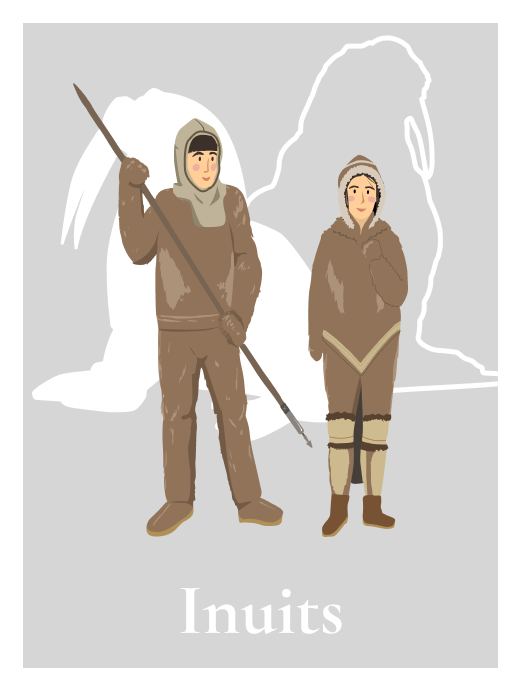
The language name stems from the self-designation нивх meaning ‘man’. In plural, it becomes нивггу ‘people’. A more complete version of this endoethnonym includes an inclusive first-person plural: мер+нивггу ‘our people’. In folklore texts, the protagonist is usually мер+ӈафӄ ‘comrade’ – ‘a person from our people’. Modern Nivkh call their language нивх+диф or мер+нивх+диф.
The alternative name of the language, based on an endoethnonym, is Gilyak. It was used in the national literature until the middle of the 20th century and even later in some foreign research. Nivkh were called Gilyak mostly by their Tungusic-speaking neighbors, c.f. Neghidal гилаха, Oroch, Ulcha, Nanai (dialect) гилэми, Orok гилэ or гилэɣэ.

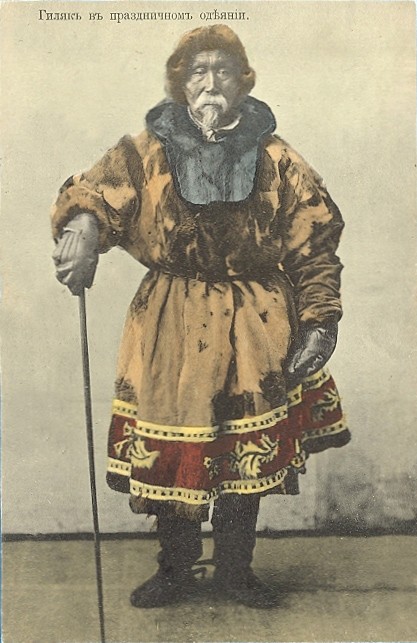
Number of native speakers in both Nivkh languages totals 198 people. Source: 2010 Census. Number of speakers in traditional settlements based on the 2010 Census: 54 people. Source: 2010 Census. Population (based on the 2010 Census): 4 652 Nivkh in total, including 2 149 in the Khabarovsk Krai, 2 290 in the Sakhalin region. Currently, researchers estimate the number of competent Amur Nivkh speakers to be around 30 people. A few dozen more are partial or passive speakers.